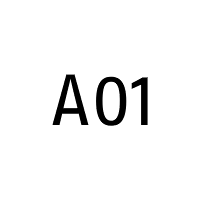Comparing Forces and the Forces of Comparison: Comparisons of military forces as comparisons of power in the international system from the eighteenth to twentieth century
The project studies two interrelated questions: firstly how and through which practices did states compare themselves and others regarding their military capabilities and power, and secondly: how did these practices of force comparisons interact with the evolution and globalisation of the international system? Combining approaches from History and International Relations the project conceptualises force comparisons as part of broader practices of power comparisons through which the international system and its evolution was structured, assessed and interpreted in terms of comparative orders such as the balance of power.
Empirically, the project seeks to reconstruct the co-evolution of force comparisons and the international system from the middle of the 18th century to the end of the Cold War. During this period, the co-evolution was in particular characterised by three transformative phases: the emergence of the modern European system of great powers since the middle of the 18th century, its gradual development into a global system of powers in the late 19th and early 20th century, and the trends towards more sophisticated and institutionalised practices of force comparisons in the context of the superpower competition in the Cold War. Additionally, the project highlights the new and growing role of think thanks – notably the International Institute for Strategic Studies (IISS) and the Stockholm Peace Research Institute (SIPRI) – as influential producers of force comparisons in the Cold War.

